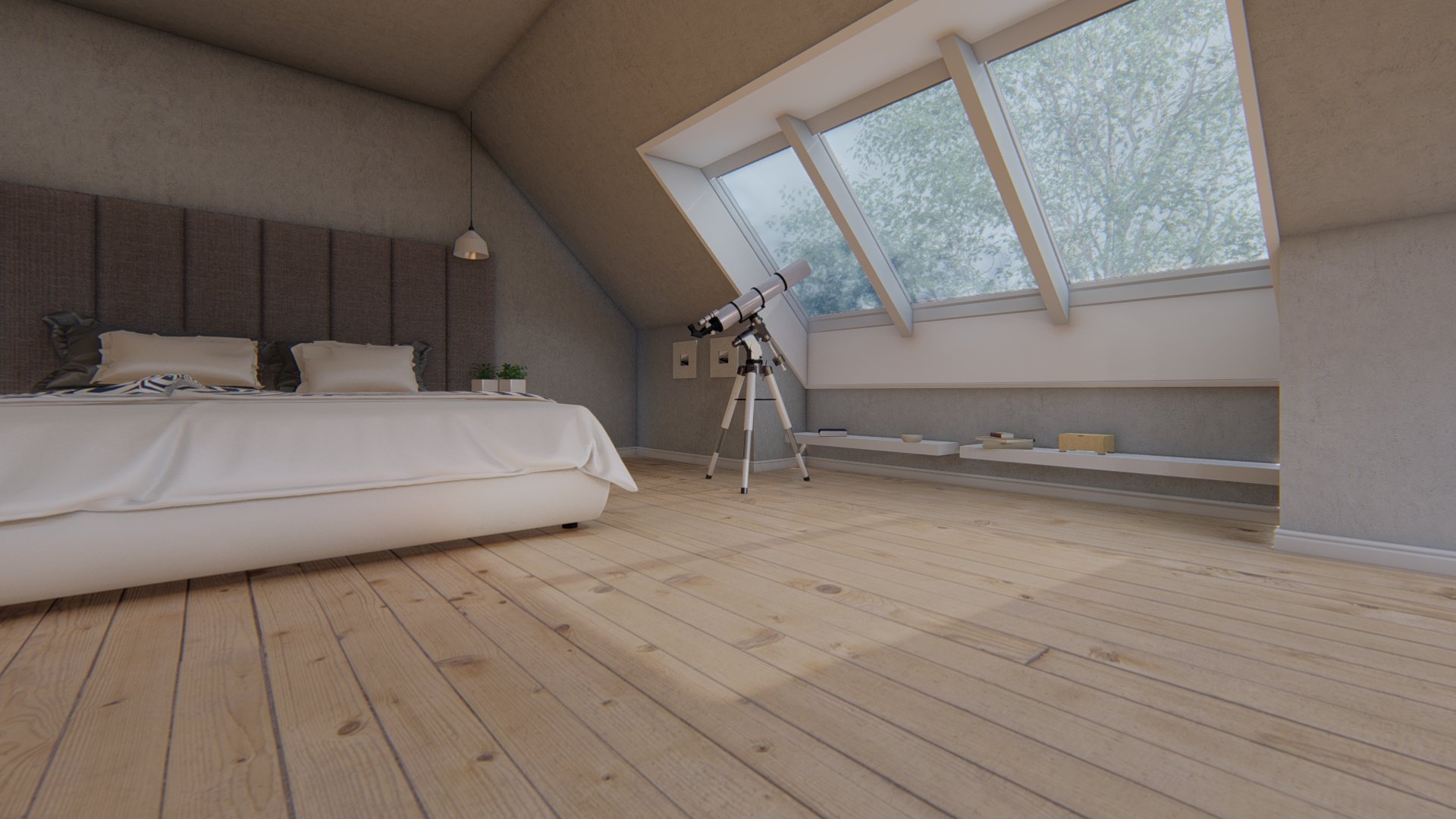
We don’t have any idea of how many couples argue every day while choosing curtains. But these times could soon be over, as in the future we will not need curtains anymore. Besides being a controversial choice to make in interior design, they do not always help in controlling the amount of natural light that we want inside our rooms or offices. Glare and overheating during the summer months are some of the most recurrent problems. That could all be solved by using innovative smart glass technology.
In tackling this problem, the Eindhoven-based eLstar Dynamics developed a prototype of a smart glass that can switch seamlessly from fully black to transparent within 30 seconds. This kind of technology allows the end-user to control the amount of light and heat entering inside a house.
Similar to what happens with e-books, the main idea behind the system is to control pigments through electricity. Windows and buildings’ glass facades are the main areas that the technology is aiming at. The automotive sector is another potential application sector.
“The problem with curtains and sunlight-shielding systems is that they’re quite binary. They are either open or closed. You can close them halfway, but then the place where the sun is shining through is still open. You can’t dim the light by half, although you can dim half the room, but the problem persists. Our technology allows to dim light from outside at whatever percentage you like”, explains Lennart ten Kate, Commercial Development Director of eLstar Dynamics.
Being an all-in-one solution, there is no need for curtains. This represents an advantage in comparison to the systems developed by its competitors, which need to have systems for both light and privacy reasons.
What’s more is that the technology will be embedded into windows or surfaces. This results in the riddance of dust-collecting appliances and saves space. In addition to that, no maintenance is needed, and it can be cleaned like a regular window. ELstar’s solution uses industrialized materials, primarily coming from the automotive sector.
Modulating light
The system is made up of two layers, which can be either plastic or glass substrates. The space in between them is filled with a fluid containing nanosized particles. By the means of electrophoresis (a term used for describing the migration and separation of electrically-charged particles under the influence of an electric field) particles can be controlled, enabling the glass switch to the desired amount of transparency.
When there is no electricity, the particles float on top of the surface, absorbing light in the preferred spectra. By contrast, when there is power, particles are drawn towards an electrode. Since electrodes are invisible to the human eye, the window becomes transparent.
“Dynamic glasses already exist. However, they are blue, and their light transmission range goes from 1 percent up to 60 percent. Our technology modulates from 0.2- 0.3 percent up to 75-78 percent”, ten Kate adds. “Our prototype is also better than liquid crystal technologies, whose light transmission range varies from 2 percent up to 38 percent.”
The difference between 0.2 percent of light transmission and 2 percent is significant. “2 percent is when the sun is shining inside, and it is still too bright to work in. Whereas 0.2 percent is dark enough to have almost full privacy”, ten Kate clarifies.
Having full command of light also leads to the ability to control heat more efficiently inside a building. As a consequence, electricity bills will be less expensive, thanks to a more efficient optimization of the heating and cooling systems.
Also interesting: Sun-blocking smart windows that drastically reduce energy consumption
As black as possible
The Eindhoven-based team worked for two years to create the prototype they have today. All the effort the company put into it contributed to creating a product that is robust and versatile. Shape is also not a constraint, as the system is adaptable. Furthermore, size does not affect the speed that the system is able to switch.
What pushed eLstar’s development process up to the next level, was developing an autonomous inner fluid. The formula developed by the Eindhoven-based company created a totally black ink, while most of the other competitors do not make use of liquids – except for crystal liquids.
UV-light exposure does not damage eLstar’s pigments, which means that the technology remains stable over time. No bleaching or degradation was found on the glass. In addition to the tests in the laboratory, a few glass samples are being used in the company’s office, facing south so as to catch most of the daily hours of sunlight.
The fluid is safe too. “It is different than liquid crystals which are very toxic and extremely expensive as well. In case anything happens, the liquid we use is not dangerous at all”, ten Kate remarks.
Perfectioning the system
In further developing the product, eLstars will test the different applications that the technology could have. The system will be integrated into smart home systems, enabling control via a given protocol – Bluetooth or Wi-Fi are two of the potential options. That way., we can adjust the light transparency of the glass by swiping our smartphones.
ELstar will continue to work on its technology. Upscaling the technology to the size of a window is one of the main aims in the short term. According to the company, it is only a matter of time and a case of further perfecting it.
Ten Kate is confident about the potential of this technology. “Everybody’s looking for a black, fast-switching, adjustable technology at an affordable cost. And so far, they have blue, slow-switching, and very expensive technology. I wouldn’t say that customers are queuing up right now, but there have been plenty of emails from interested parties.”
The current prototype allows to switch within the same color, but in the future, it could be possible to combine the three primary colors – cyan blue, magenta, and yellow – to make more combinations and more uses possible.

